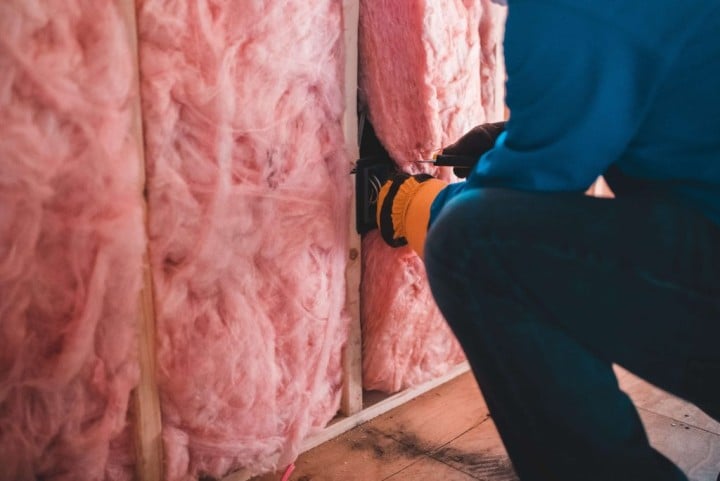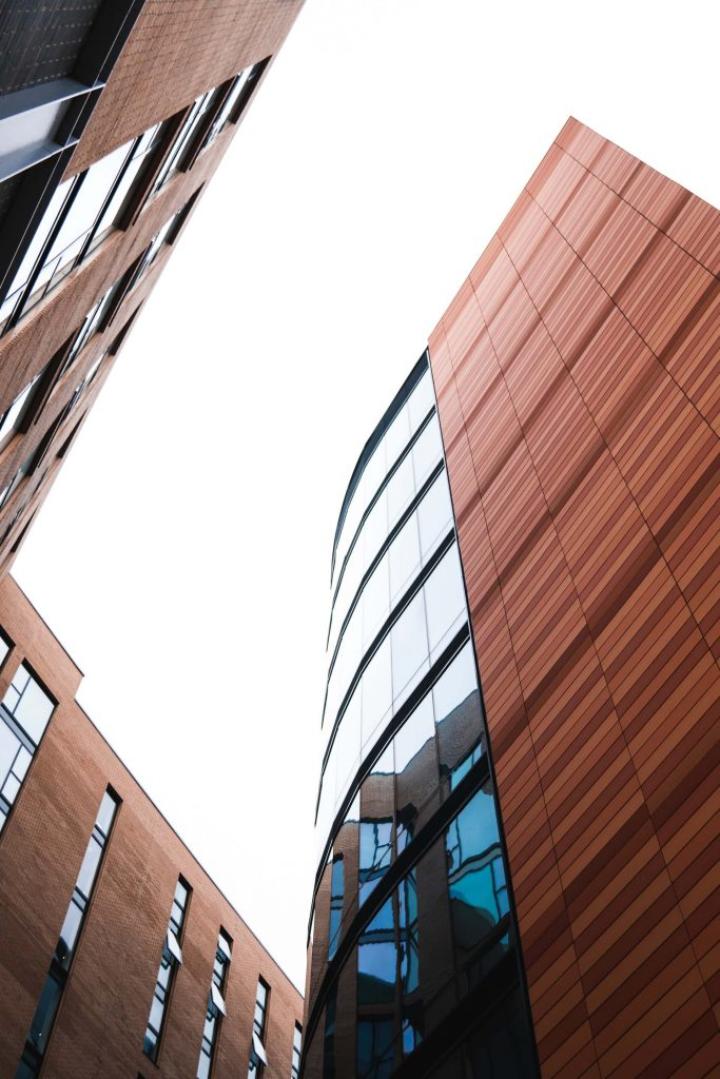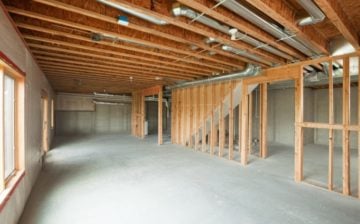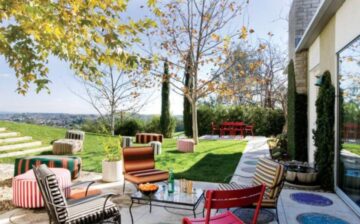
There are a couple of ways of going about insulating your house.
Most commonly, you can insulate your house from the inside or fit some sort of insulator panels on the outside of the building.
Now, in case you fancy insulating your house from the inside, the additional layer you set up will do its job to decrease your heating and cooling bills, and the appearance of the inside walls you can manage fairly easily.
If you want to insulate your house on the outside, the bill-reducing properties will remain the same – but it’s the appearance of it that you now have to tackle.
So, before you commit to such a form of insulation, you might well consider the different options you have at your disposal in terms of what materials you can use to achieve the effect.
In this post, we will list the most common types of popular wall cladding and describe the properties of each of these options.
So, depending on where you live, your aesthetic standards, and the budget you’re working with, you will probably be able to close in on a couple of these options that would suit your needs the best.
Stone
Representing one of the most stylish cladding options out there, stone cladding is a way of covering the exterior of your house (or whatever building you want to cover with it) by arranging natural stone of varying thickness.
While exterior house walls made out of stone tend to evoke the imagery of old houses in the hills of rural Scotland, nowadays stone is readily available no matter where you live.
What’s more, stone can be cut in varying thicknesses nowadays, so installing this type of cladding isn’t nearly as difficult as it used to be. This makes it a great option for insulating your house. Nowadays, stone veneers are used as well, providing a stylish and practical alternative. When comparing natural stone to stone veneer, it’s important to note that natural stone is solid and heavy, whereas stone veneer is a thinner, lighter alternative designed for easier installation and versatility. Stone veneer cladding products offer the aesthetic benefits of natural stone without the structural challenges and cost. As a result, homeowners can enjoy the timeless beauty and insulation benefits of stone cladding without the heavy labor and expense traditionally associated with natural stone.
As far as the properties of stone cladding go, stone is well-known as a durable material that protects the wall behind it against moisture and has a unique appearance that cannot be mimicked that well by any other material.
Brick
While it may seem a tad counterintuitive to clad your walls that are already made out of brick or cinder blocks with even more brick, brick cladding is as popular nowadays as it ever was.
The reasons behind this are fairly simple.
First of all, brick is an excellent insulator and it is perfectly easy to install. Also, bricks come in a variety of different colors, so creating different patterns for your exterior walls with them is a piece of cake.
Also, bricks are relatively inexpensive compared to other cladding options and relatively low-maintenance.
Metal
Speaking of low prices, metal cladding is one of the cheapest options out there.
Also, thanks to the natural malleability of aluminium and steel (the most common metals used for this purpose), there are no limitations on the types of design and appearance you can arrange for your exterior walls.
Metal cladding also offers excellent insulation and has a great fire-resistance rating (especially aluminium), so if fire safety is a concern for you, opting for metal cladding can be a great solution.
Timber
In case you’re concerned with eco-friendliness of your potential cladding solution, you might want to look into timber as an option for insulating your house.
Not only is timber available in pretty much unlimited supply, but it also represents a great thermal insulator.
Also, in terms of style and aesthetics, timber represents one of the best solutions out there, as no other material offers the warmth and the natural appearance of wood.
While timber is not exactly cheap, many timber dealers offer a wide variety of choices ranging from various sorts of hardwoods and softwoods, to wood composites and other budget-friendly mixtures.
Glass
Commonly seen on large residential and business buildings across the world, glass cladding represents one of the most popular cladding solutions nowadays.
The great thing about glass is that it looks good and it’s relatively inexpensive. If you’re unsure about what you want your building to look like on the outside, you always have glass as an option you can’t go wrong with.
In terms of aesthetics, glass will give your building a business-like, modern appearance that can work great if you want to use the building as an office or work area.
All in all, the material you choose for insulating your house will play a major part in how onlookers will perceive them. Also, if you consider the massive energy-saving and protective benefits of exterior wall cladding, it’s not difficult to understand why so many people decide to upgrade their houses and other buildings in this fashion.
We hope you found this blog post Different Types of Home Insulation and How to Choose One, useful. Be sure to check out our post 6 Key Advantages of Home Siding Replacement for more great tips!
Have Experience in the Moving Industry? Want an Additional Income Stream? Work With All Around Moving!
Partner with us and we’ll help you profit. Click here to learn more.






